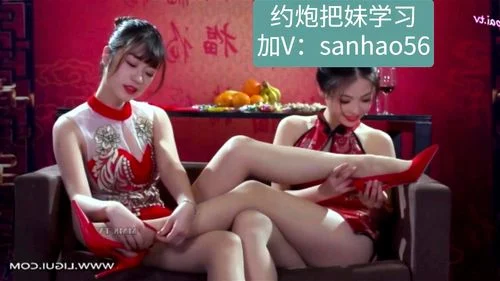Introduction to Traditional Chinese Clothing
Traditional Chinese clothing is a rich and diverse field, reflecting the cultural history and aesthetic values of China. From the ancient Hanfu to the elegant Cheongsam, each piece of clothing tells a story of its own.

The Evolution of Cheongsam
The Cheongsam, also known as Qipao, is a body-hugging one-piece dress for women, which originated in the 1920s in Shanghai. It has evolved over time, incorporating elements from both traditional Chinese and Western fashion.

Modern Interpretations of Cheongsam
In recent years, the Cheongsam has been reimagined in various ways, blending traditional craftsmanship with contemporary design. It has become a favorite for both formal and casual occasions.

Cheongsam in Fashion Trends
The Cheongsam has made a significant impact on global fashion trends, with many international designers incorporating its unique silhouette and details into their collections.

Cultural Significance of Traditional Chinese Clothing
Traditional Chinese clothing is more than just attire; it is a reflection of the country’s rich cultural heritage. Each design element, color, and material carries a specific meaning and symbolism.

Preservation and Innovation
As we move forward, the preservation of traditional Chinese clothing is essential. At the same time, innovation is necessary to keep these garments relevant and appealing to modern audiences.
The Role of Traditional Clothing in Cultural Identity
Traditional clothing plays a vital role in expressing cultural identity. It helps individuals connect with their roots and understand the stories of their ancestors.
Conclusion
In conclusion, traditional Chinese clothing, with its rich history and cultural significance, continues to captivate the world. By embracing both the preservation and innovation of these garments, we can ensure that they remain an integral part of our cultural landscape.






